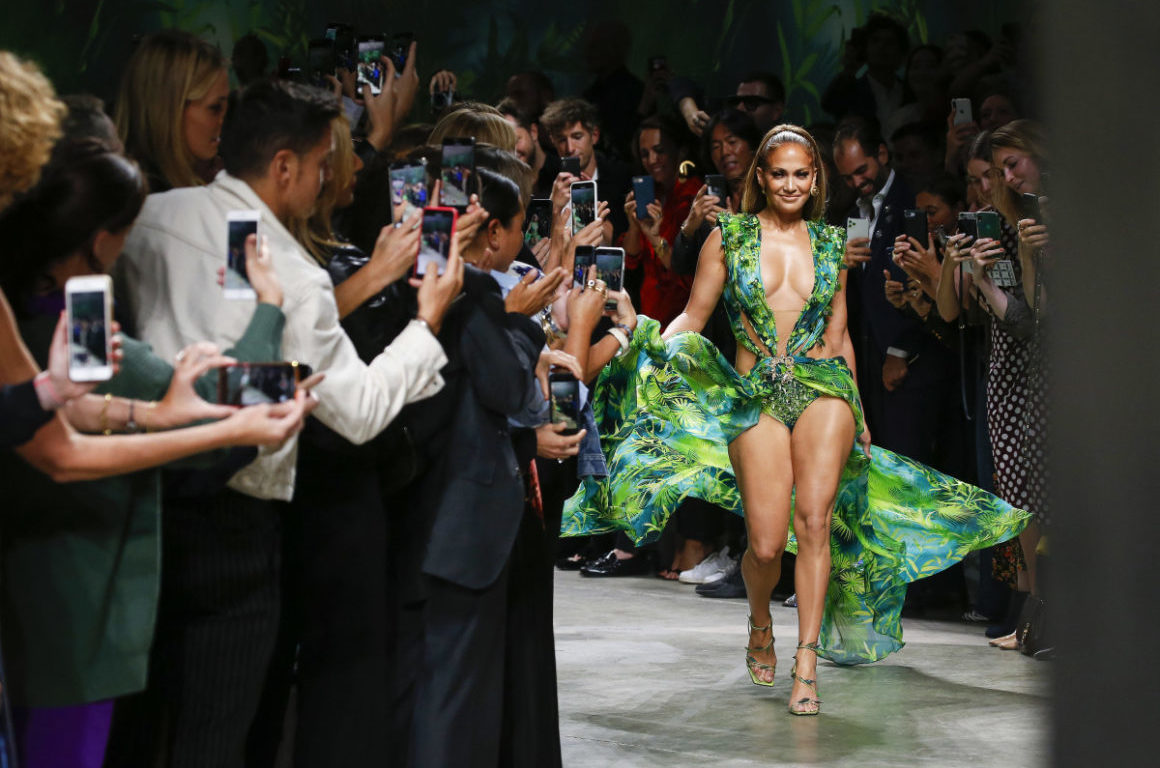Tech firms such as Google, Apple and Amazon want to be part of Fashion Week, if the fashionistas will have them.
PARIS, France – This September, Google, Apple and Amazon were all on the Fashion Week schedule, albeit through partnerships with different fashion designers. Their appearances show how Big Tech increasingly wants to participate in a world that captures their customers’ attention and wallets.
Of course, fashion also needs tech. For one, brands know that digital exposure amplifies the marketing mileage of expensive runway shows. As Vogue Business reports, a fashion show costs anywhere upwards of $US125 000.
While in the past they may have seemed an odd couple, partnerships between fashion and tech are now mutually important. But does tech’s obvious product placement distract from the art? How can these partnerships be clever and authentic?
Versace + Google
Versace’s Spring/Summer 2020 show set social media alight thanks to the surprise appearance of Jennifer Lopez strutting down the runway at 50 years of age in an iteration of the infamous jungle dress that she wore to the Grammy’s back in 2000. As the story goes, the provocative dress spawned the creation of Google Images when it became the most searched item that the young tech company had witnessed. The moment proved that there was demand for an image search tool and shows how fashion and technology can push each other to innovate.
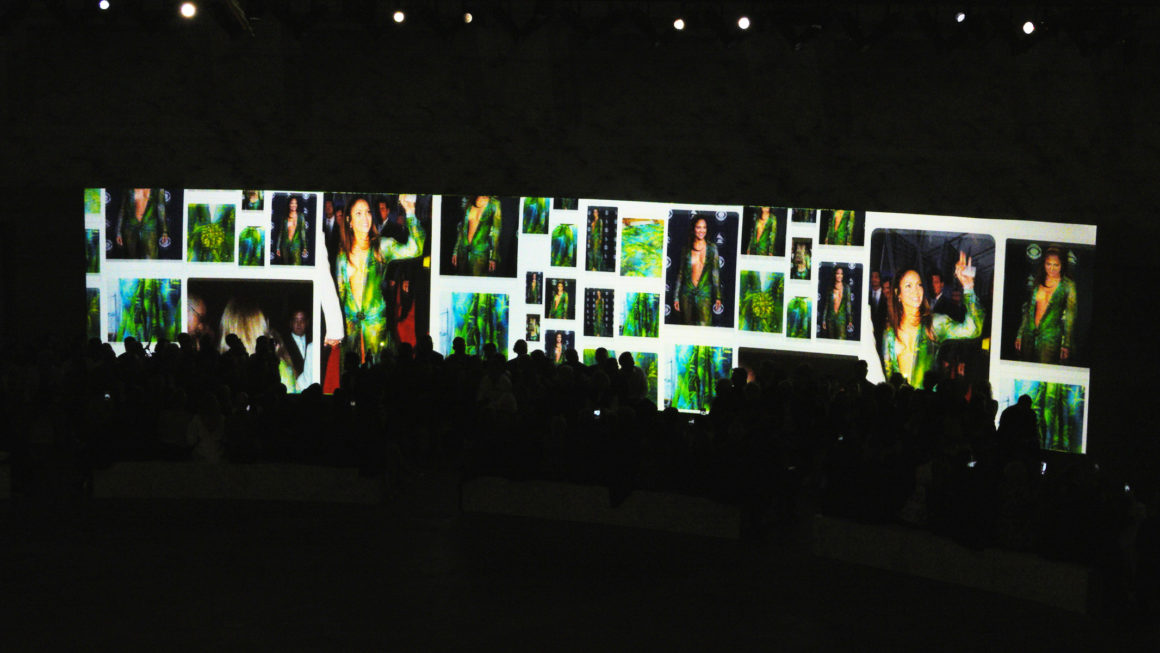
It’s difficult to recreate these history-making moments, but when they happen, they’re marketing gold for brands. Two years ago, Versace sent ’90s supermodels down the runway to commemorate the 20-year anniversary of the death of the house’s founder Gianni Versace. It was a genuine way for the house to celebrate their ’90s heritage, an era that is now in vogue and even more valuable given that Versace is, in fact, a relatively young house.
However, Google’s product placement preceding Lopez’s entrance was clunky. As the lights dimmed, a stilted voice-over of Donatella Versace played, asking Google Assistant (the search giant’s virtual assistance device) to bring up images of the famous jungle dress. Images were then splashed across the set’s screens.
The set art was also created using Google’s little-known Tilt Brush tool, a 3D-painting virtual-reality application. Google tried hard to push new tools that they hope will catch on, but as with history-making moments, they are hard to come by.
Savage x Fenty + Amazon
On the other side of the pond, Rihanna’s lingerie line Savage x Fenty saw an opportunity to take off from where Victoria’s Secret left off. They put on an all-singing, all-dancing extravaganza in New York, with a setlist including Halsey, DJ Khaled and A$AP Ferg, as well as celebrity models Bella and Gigi Hadid, Cara Delevingne and Joan Smalls. The show is available to view on Amazon Prime where the collection can also be bought, in addition to the brand’s own website.
Savage x Fenty is pitched as the antithesis of Victoria’s Secret, an inclusive affair, a celebration of all body types. However, the inclusivity didn’t go so far as to grant everyone viewing access. The show was invite-only and guests were forbidden from using their devices.
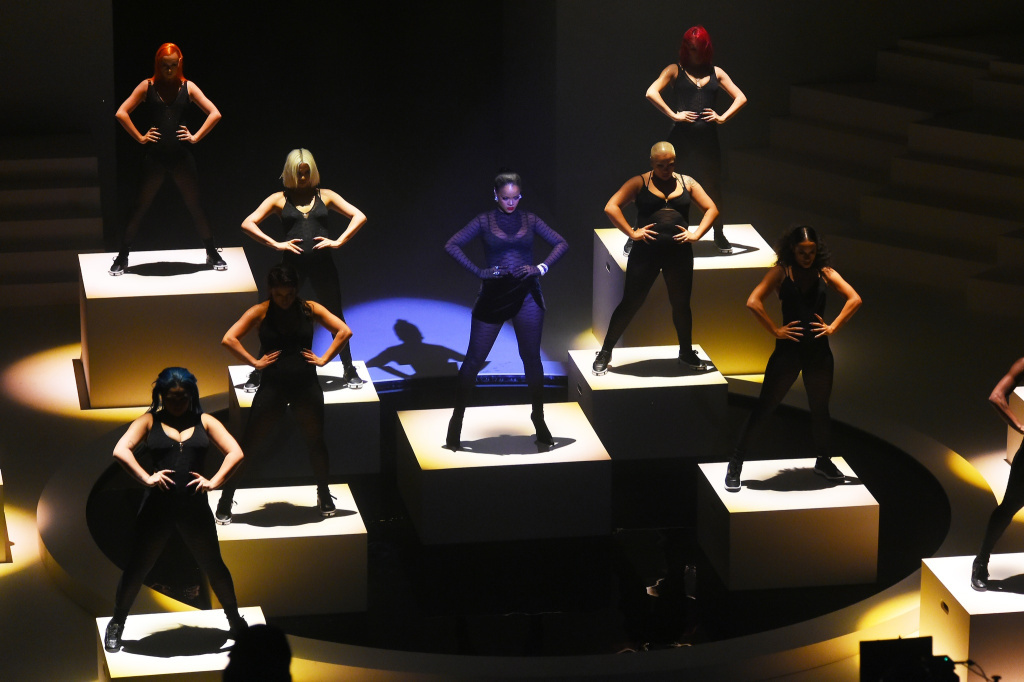
It was a clear move to circumvent Instagram and boost sales through Amazon’s own channels. However, it tainted the show’s message of inclusivity and prevented the influential guests from creating their own content that could have proliferated the brand moment through social media. Suffice to say, Savage x Fenty didn’t ‘break the internet’ as Jennifer Lopez did in 2000.
Coperni + Apple
Parisian ‘it’ label, Coperni partnered with Apple this season to showcase their collection at the tech firm’s flagship on Champs-Elysées. As a collaboration, it made sense for the brand because they share Apple’s aesthetic: sleek, modern minimalism. It was a refreshing change of format too – the young designers presented their collection in a short film, projected on the store’s video wall. In a nod to Apple’s iconology, the duo incorporated the Bluetooth and WIFI symbols, as well as the home button onto clothing and bags. Following the film, the designers walked the crowd through their creative process and the technical aspects of the design, with the aid of Ipads.
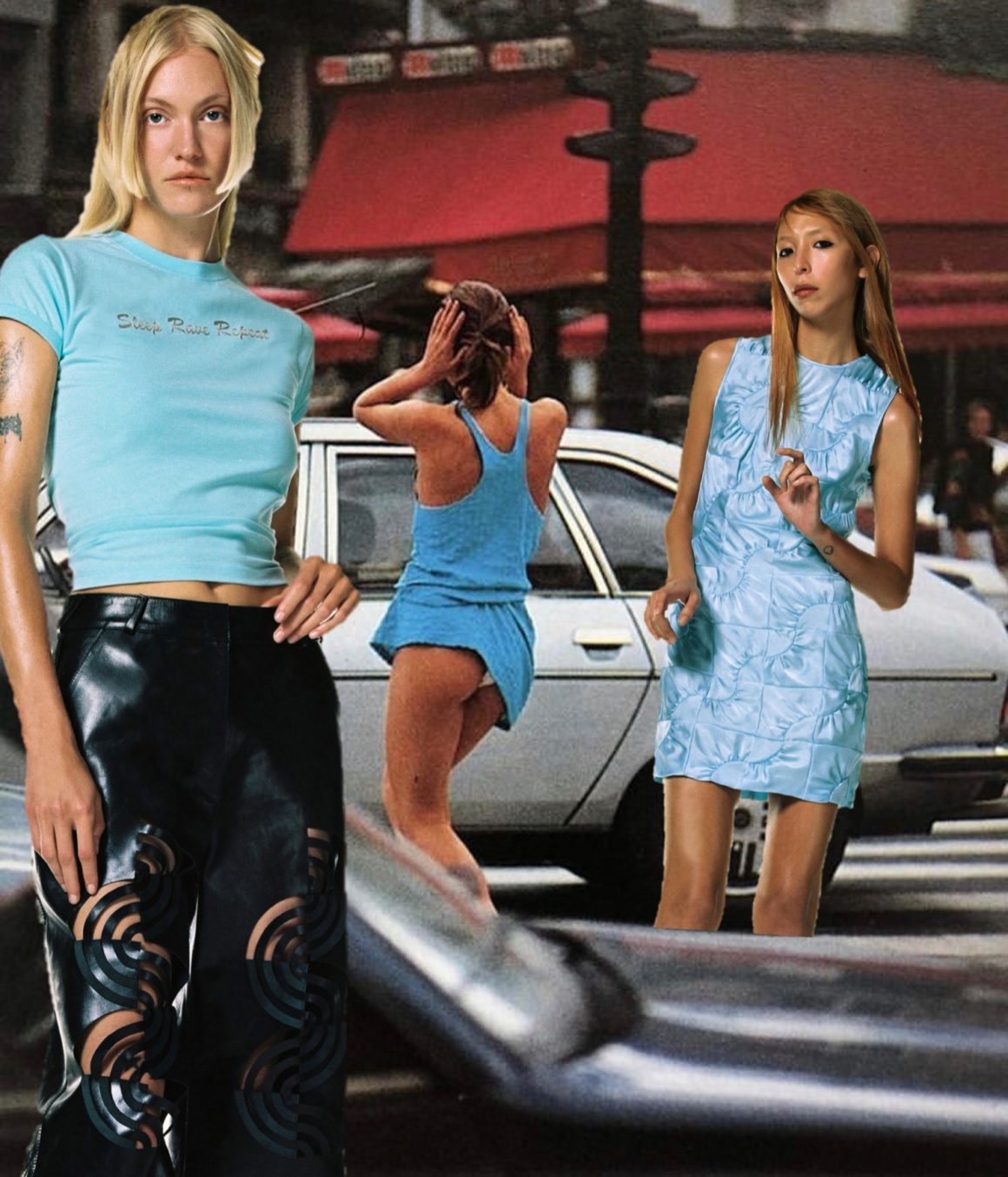
Apple, of course, is not just a tech company, but also a retailer. They face the same challenges as fashion brands, namely how to entertain customers both in-store and online. Hosting Coperni aligns with their “Town Square” strategy, to transform Apple stores into a meeting place where people feel free to spend time. So, unlike Google and Amazon, the experience was not conditional on a purchase and the product placement was subtle. Although the Coperni presentation was not a show-stopping moment, it was still entertaining, intellectual and spoke to their tribe.
The invisible partnership
While three of the four big tech companies tested fashion partnerships this September, the fourth – Facebook – didn’t need to. The reality is that the Facebook-owned Instagram app is the tool through which we consume the fashion week hullabaloo. It’s a medium that allows everyone to create, share and view what they want. The customer is in charge, or at least they have the impression that they are.
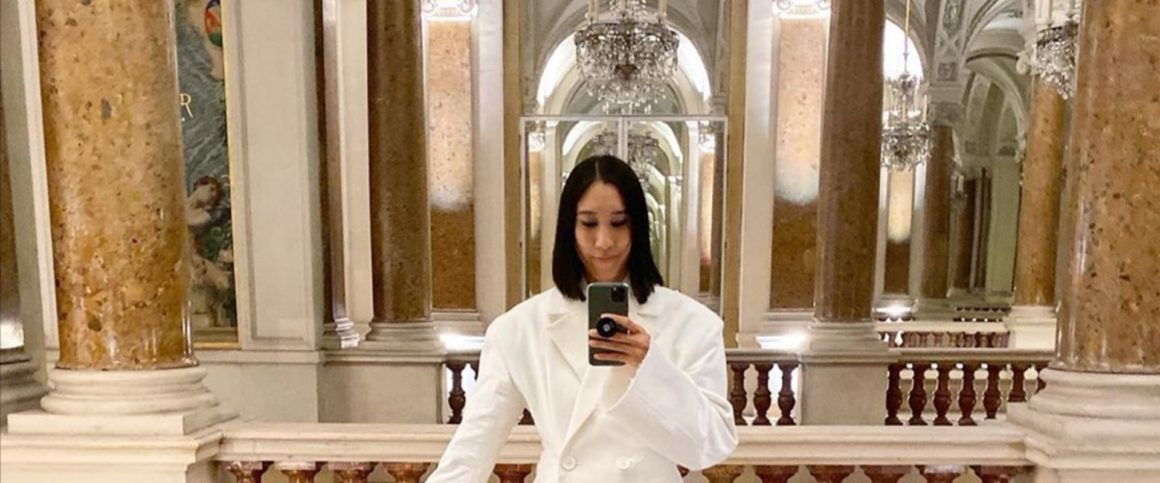
However, perhaps Instagram’s days are numbered. As a platform, it is increasingly hijacked by advertising and product placement that ruin the experience. Downloads of social media app TikTok surpassed Facebook, Instagram and Snapchat combined in September 2018, indicating that users are responding to more unpolished content. However, if a new technology dethrones Instagram, it will likely be user-led and precipitated by a history-making moment.
This September, we found that successful partnerships between tech and fashion entertained customers without imposing irrelevant advertising, disjointed messaging or social media restrictions. In short, the artists and the consumers must be in control, while technology quietly enhances the experience.
Collaborations between fashion players and retailers can have a meaningful impact on both parties if the partnership is coherent. With a strong industry network, contact us to learn more about how we work with luxury brands and retailers on multi-disciplinary collaborations.

